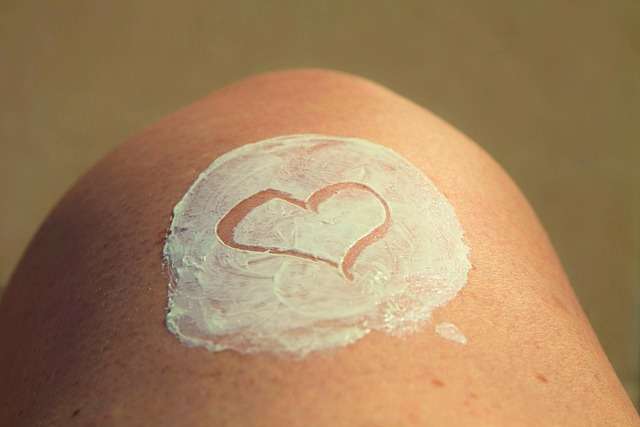
School’s almost out, and kids will soon be enjoying their favorite part of the year – summer vacation. Whether that means beach trips, summer camp, or making memories with other neighborhood kids, they must wear sun protection.
But some sunscreens cost an arm and a leg, or they have ingredients that might pose health risks.
EWG is here to help with a list of top-rated sunscreens available at stores such as Walmart, CVS, Walgreens, Amazon, and Target. They’re also $20 or less, so you can spend more time thinking about your vacation and less on which sunscreen to pack.
For extra peace of mind, try EWG Verified® products, which are reviewed by our scientists and pass the highest standards of safety and transparency.
Kids’ extra vulnerability
Finding the right sunscreen for children is vital because they are especially vulnerable to skin damage caused by the sun’s radiation. Children have lower melanin levels and thinner skin, compared to adults, so even a brief exposure to midday sun can result in sunburns. Young kids and toddlers are even more vulnerable.
Just a few bad burns can double the risk of developing skin cancer later in life. The American Academy of Dermatology recommends that babies under 6 months old be entirely kept out of direct sunlight.
Kids should also be protected from exposure to toxic chemicals. Some sun care products contain chemicals like oxybenzone, which can be absorbed into the skin in high amounts and may behave like a hormone disruptor. Others contain ingredients, such as fragrance, that could cause an allergic reaction.
Safer sun protection
It can be tough to find a product that provides good sun protection without containing hazardous ingredients – especially one that won’t break the bank – but it’s worth the effort. EWG’s list helps make your summer planning easier.
Another way to ensure that loved ones get safe and effective sun protection is to check out EWG’s just-released 2024 Guide to Sunscreens, which rates the hazards and efficacy of recreational sunscreens, in addition to daily use products and lip balms with sun protection factor, or SPF, ratings. On the go, use EWG’s Healthy Living app to scan products and find out their hazard ratings.
Here are the 12 “Best Bang for Your Buck” Kids’ Sunscreens:
1. Adorable Baby Natural Baby Sunscreen Lotion, SPF 30
2. All Good Kid’s Sunscreen Butter Stick, SPF 50+
3. Babo Botanicals Baby Skin Mineral Sunscreen Lotion, SPF 50
4. Baby Bum Mineral Sunscreen Stick, Fragrance Free, SPF 50
5. Badger Kids Mineral Face Sunscreen Stick, Tangerine & Vanilla, SPF 35
6. Banana Boat Simply Protect Baby Sunscreen Stick, SPF 50+
7. Banana Boat Kids Sport Sunscreen Stick SPF 50, Travel Sunscreen
8. Blue Lizard Kids Mineral Sunscreen Stick, SPF 50+
9. Raw Elements Baby + Kids Sunscreen Stick, SPF 30
10. Thinkbaby Clear Zinc Sunscreen Lotion, SPF 30
11. Thinksport Clear Zinc Sunscreen Lotion, Kids, SPF 30+
12. TruKid Daily Sunscreen Lotion, Light Citrus, SPF 30
Disclaimer: The prices of products in this article were accurate at the time of writing but may have changed since publication. Local availability may vary.
Sun safety tips
Sunscreen is only one tool in the sun safety toolbox. It can help protect the skin from sun damage but should never be a person’s only line of defense.
Comprehensive sun protection includes protective clothing, like a lightweight, long-sleeved shirt, a wide-brimmed hat, sunglasses with UV protection, and shade.
Here are more tips for choosing better sunscreens and staying safe in the sun:
- Steer clear of sunscreens with SPF values above 50+, which may not provide balanced UVA and UVB protection and can fool people into thinking they’re safe from sun damage.
- Choose lotions and sticks over sprays. These popular products make it difficult to apply an adequate and even coating on skin, especially in windy conditions. They also pose inhalation concerns.
- Avoid intense sun exposure during peak hours for sun exposure, between 10 a.m. and 4 p.m.
- Check products against EWG’s Guide to Sunscreens and avoid those made with harmful chemicals.
Shoppers on the go can download EWG’s Healthy Living App to get ratings and safety information on sunscreens and other personal care products. Consumers also can visit the Skin Deep® database. EWG’s sunscreen label decoder can also help consumers looking for safer sunscreens.















